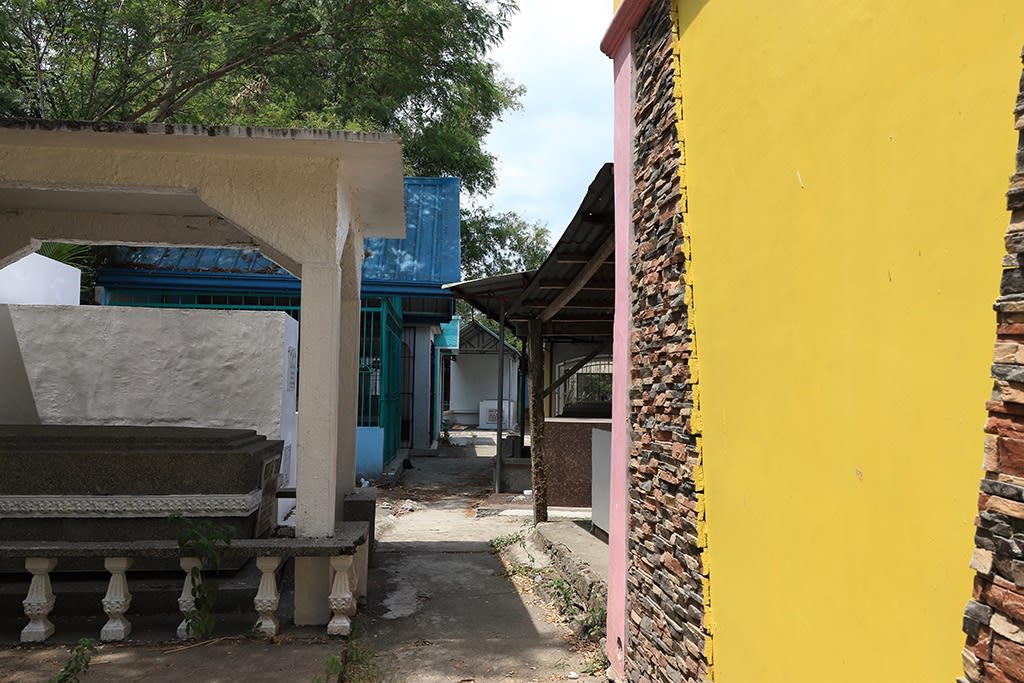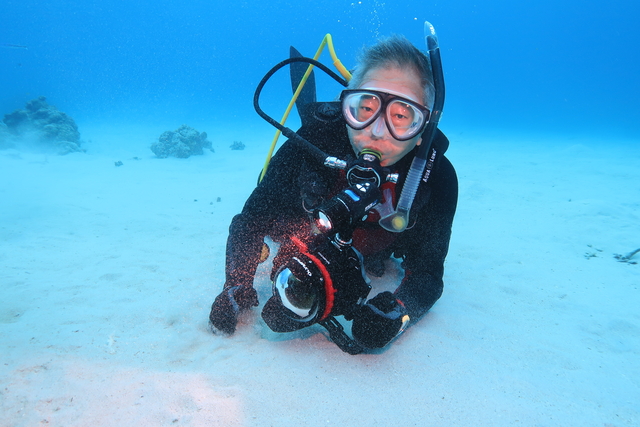




I stuck to Mr. Kizou's wife's homecoming.
In Japanese custom, there is a visit to the grave.
The road to the grave goes through the Pitpitan farm road.
This is the countryside of the Philippines.
The form of visiting the grave is the same as in Japan.
Clean the grave, light a candle, and pray.
The big difference is that it is basically a burial.
The sarcophagus has a five-year rental period.
That's why the deceased says that the internal organs are removed and the medicine accelerates the rate at which bones rot.
The dead will turn into ashes after 5 years.
Bones that do not turn into ash even after 5 years are collected and disposed of by the caretaker.
She told me such a story.
Such an experience cannot be understood only by tourism.
It is my experience in Japan that such ordinary rural life gradually disappears.
What about the future of the Philippines?
I participated in life in the Philippines as a bystander.
私は、ミスターKizouの奥さんの里帰りにくっついていった。
日本の習慣では、墓参りがある。
お墓への道は、ピットピタンの農道を通ってゆく。
ここはフィリピンの田舎なのである。
墓参りの形式は日本と同じだ。
お墓を掃除し、蝋燭をともし、お祈りを捧げる。
大きく違うのは基本的に土葬であること。
石棺には、5年間の貸し出し期限がある。
だから故人は、内臓を取り払われ、薬で骨が腐敗してゆく速度を速めるという。
死者は、5年後に灰になる。
5年を過ぎても灰になりきらない骨は、管理人があつめて処分する。
そんな話を、彼女は私にしてくれた。
こうした経験は、、観光だけではわからない。
そんな普通の田舎の暮らしが、次第になくなってゆくのが日本での経験だ。
フィリピンのこれからは、どうだろうか。
私は、フィリピンの暮らしに、傍観者として参加した。
Pitpitan, Bulacan, March 30, 2019
EOS1DsMark3, EF28-300-35mm / F2.8L IS USM
ISO800, focal length 135mm, exposure compensation 0, f / 9,1 / 320
ISO800, focal length 80mm, exposure compensation 0, f / 9,1 / 200
ISO400, focal length 70mm, exposure compensation-0.33, f / 10,1 / 320
ISO400, focal length 28mm, exposure compensation-0.33, f / 13.1, 1/400
ISO800, focal length 28mm, exposure compensation 0, f / 10.1 / 250
ISO400, focal length 70mm, exposure compensation-0.33, f / 8.1.1 / 200


















